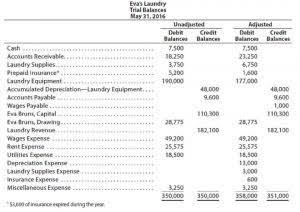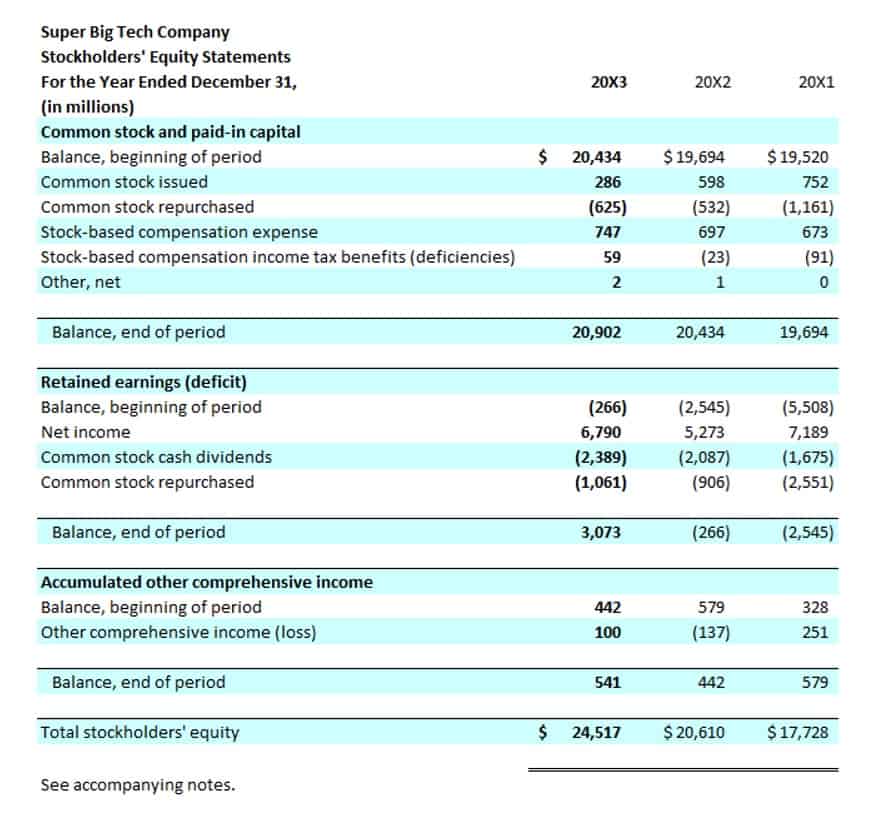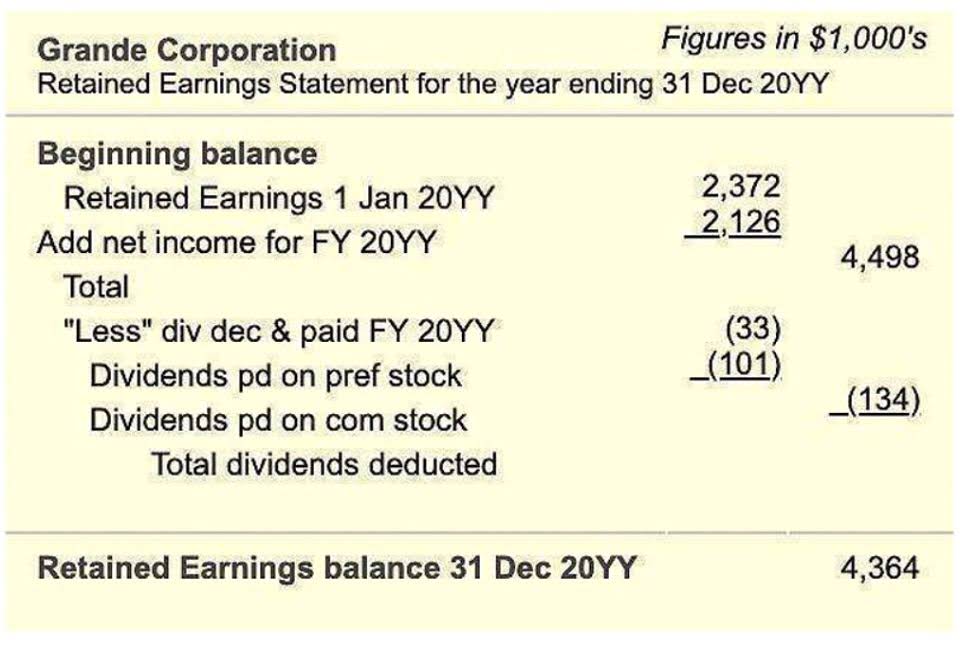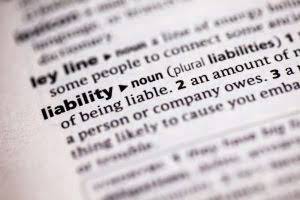Our new AI platform will animate the entire Yardi suite of products by leveraging best-in-class AI models. Explore expert insights, market analyses and industry trends through Yardi’s curated collection of articles, white papers and industry publications. Explore the latest insights, trends and best practices in real estate technology and management on Yardi’s official corporate blog, The Balance Sheet. Explore opportunities to grow your career and make an impact alongside passionate, innovative professionals. See our solutions in action.
Both include accounting, operations and ancillary solutions for residential and commercial portfolios. Thrive with the most advanced platform for agencies, with built-in compliance and mobility for public housing and housing choice vouchers. See how our customers transform their businesses with our solutions. We also offer customizable solutions like mobile apps and websites for your properties.
Do you need help ch01p1the business pays $2000 in cash to the landlord for office space marketing your properties? Look for solutions that simplify communications and repeat tasks, like move-ins, move-outs and work orders. Turnkey solutions allow you to get up to speed quickly.
Find the right fit for your business
Be confident your affordable housing certification files are compliant with all applicable regulations. All the tools you need to lease and all the services your tax deductions for international volunteer work renters want and need. Unify your senior living operations, provide the quality care your residents deserve and enhance your competitive edge. Save money, improve productivity and mitigate risk when you centralize procurement — from purchasing and invoicing to vendor management.
Property Types
Delve into an analysis of current market conditions at both the micro and macro levels. With over 9,000 professionals in more than 40 offices worldwide, we combine deep industry knowledge with a commitment to innovation. We began as a small startup dedicated to quality software and customer satisfaction. Be confident that your numbers will always add up with our industry standard built in payables, receivables and general ledger functions.
Focusing on clients
Make smart business decisions faster with comprehensive market and research data that helps identify deals, grow returns and mitigate risk. Improve efficiency, ensure compliance and reduce risk with a comprehensive lease management solution for occupiers and retail operators. Save time with manufactured housing software that does it all, from tracking homes and lots to accounting, compliance and violations management. Discover what the right property management tools can do to transform your business.
- Additionally, residents and tenants think of things like mobility, energy management and self-service options as essential features, not add-ons.
- Thrive with the most advanced platform for agencies, with built-in compliance and mobility for all voucher programs.
- Streamline your mixed portfolio in a single database with comprehensive tools that work together for all your assets.
Explore our free national and market reports, special research bulletins and webinars to uncover actionable business insights and start making well-informed investment decisions. Stay current with the latest commercial real estate market trends and forecasts backed by Yardi Matrix analytics. Yardi Matrix researches and reports on multifamily, affordable housing, student housing, office, industrial and self storage properties across the United States, serving the needs of a variety of industry professionals. We actively listen to clients and employees to shape our products are my health insurance premiums tax and services, aiming for long-term partnerships built on trust and satisfaction.
The Most Complete Commercial Real Estate Intelligence Source
Meet all your energy management and sustainability needs. Go paperless and reduce manual tasks with an end-to-end procure to pay solution. Yardi interfaces service the most vendors, APIs, units and square footage in the industry. Find Yardi at events designed to educate, inspire and connect industry professionals. Yardi is committed to supporting clients with superior services.
Unlock the power of AI across your portfolio
Yardi Systems, Inc. is an investment, asset and property management software vendor for the real estate industry. Looking for more property management solutions? By connecting business intelligence at the investment, operations and financial levels, our platforms drive value for funds holding real estate assets. Our solutions help attract and retain occupants with advanced marketing and online services, for example.
Owner Tools
Real estate management software is technology that makes asset and property management easier. Do you want property management software that uses AI to make your job easier? Looking for new property management software? Both solutions include accounting, operations and ancillary services for residential and commercial portfolios. Since 1984, Yardi has grown into the leading provider of high-performance software for the real estate industry. Your property management software should meet five requirements before you decide to stick with it for the long haul.
Shorten the lead-to-lease lifecycle and transform quality prospects into ready-to-renew leases with a connected management system. Empower your staff with advanced online learning tools that include training on software, human resources, corporate communications and more. Streamline your mixed portfolio in a single database with comprehensive tools that work together for all your assets. Increase visibility from investor to asset operations. Looking for a solution for small to mid-size properties?
Companies of every size bring together real estate data on Yardi to make smarter decisions, drive operations and grow revenue. Optimize efficiency, improve compliance and reduce risk with a comprehensive lease management solution for corporate occupiers and retail operators. Drive leads, leases and renewals with marketing software and services.
- Go paperless and reduce manual tasks with an end-to-end procure to pay solution.
- Our award-winning energy management systems reduce HVAC costs and ensure regulatory compliance without reducing comfort.
- Do you need an out-of-the-box solution or something that can evolve with your business?
- Unify your senior living operations, provide the quality care your residents deserve and enhance your competitive edge.
Now, entering our fourth decade, Yardi has grown into a global software corporation, still committed to those same core values. As your business grows, it should scale with you With powerful real estate software and hands-on support, we stay focused on what matters most. Helping our clients grow is what drives us.
You can work more efficiently and make informed decisions that create value for your real estate assets. Could your business benefit from predictive insights? Are you looking for integrated ancillary services? Identify the property types in your current portfolio, plus the properties you’d like to add in the future. What kinds of real estate properties do you manage or invest in?
Looking for an easy, all-in-one community management solution? Manage the entire real estate investment lifecycle with a connected solution. Drive performance and revenue, reduce costs and grow your coworking space while delivering a phenomenal member experience. Yardi’s innovative multifamily products make it happen every step of the way.































Comentarios recientes